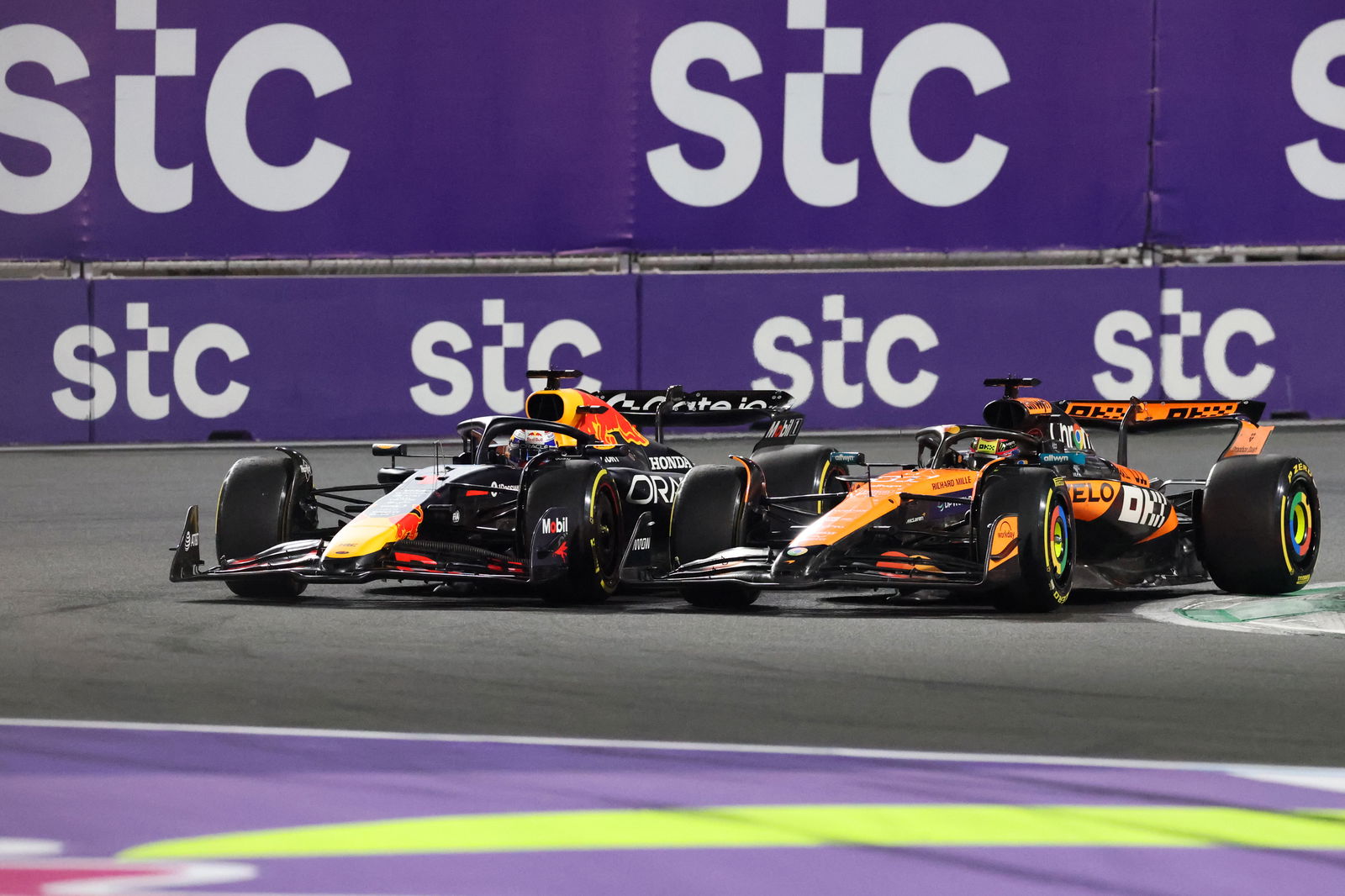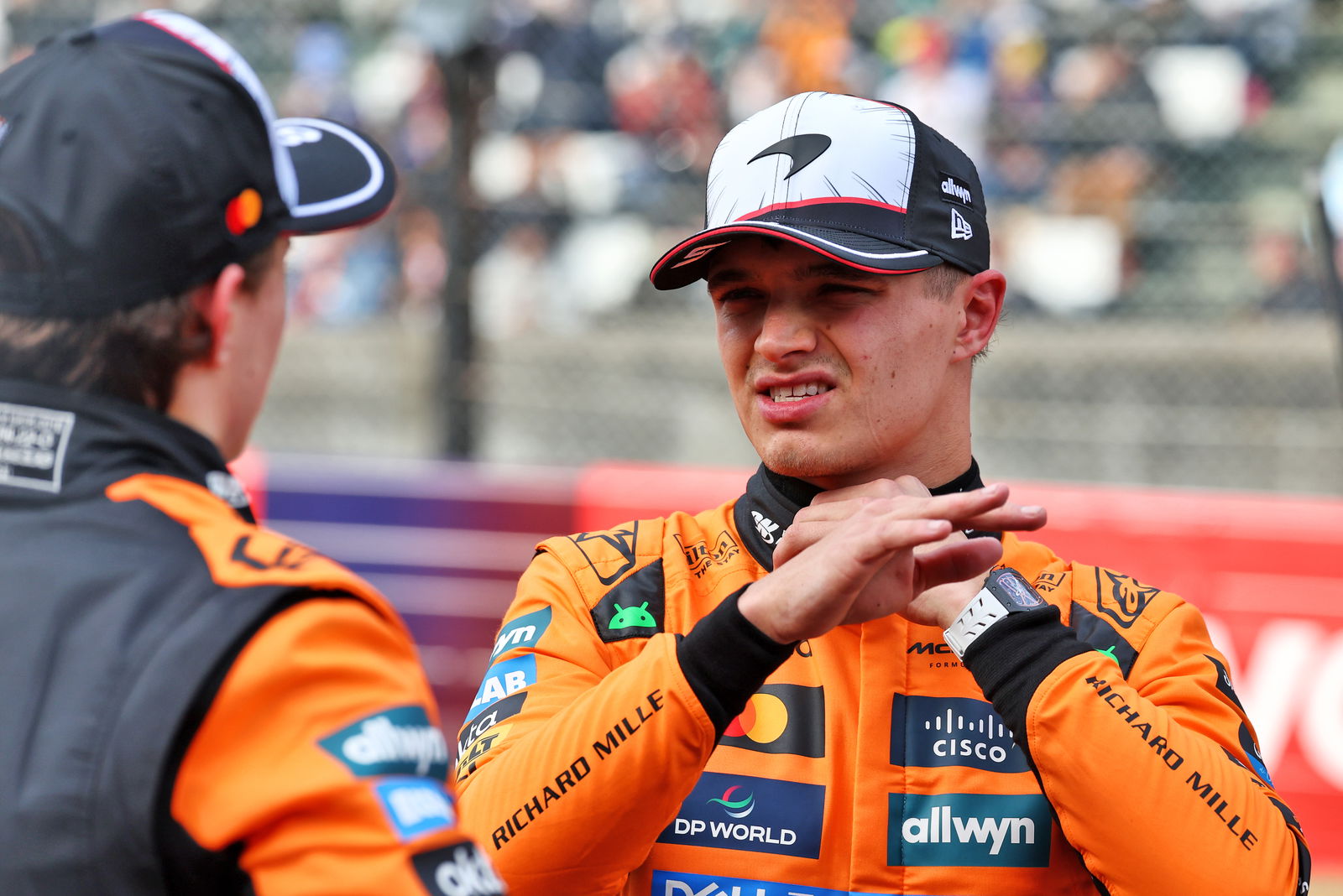Ferrari explain expectation for significant change in F1 2026
New rules could lead to a wider spread among teams.

Ferrari team principal Fred Vasseur expects a more spread-out field in Formula 1 upon the introduction of new chassis, aerodynamic and engine rules next year.
F1 is set for its biggest shake-up in decades, with new hybrid power units to feature an ambitious 50-50 power split between the combustion engine and the electric motor.
These sophisticated powertrains will sit inside shorter and narrower cars, which are being designed to be more nimble and agile than their predecessors.
The new ruleset has been crucial in bringing in new manufacturers to the series, with an increased focus on electrification and sustainable fuels helping F1 remain in line with the changing trends in the auto industry.
However, such a drastic overhaul has led to fears that some teams and manufacturers will be left behind next year, leading to bigger gaps between the front and the rear of the grid.
Vasseur admitted that the new rules could initially have a detrimental impact on the level of competition, but it isn’t something that he wants to “complain” about.
“We have to keep in mind it’s probably the biggest change in F1 in the last 25 years – we’ve got huge changes on the engine, on the chassis, and also big changes in the sporting regs,” said the Ferrari boss.
“It means as a team today, you have to consider all the aspects, and we’re taking directions. I’m sure we’re not all taking the same direction, and we don’t know what the outcome will be in '26. I can’t say the racing will be closer than this year.
“But I think with the convergence of performance, over the years, we’ve gone from huge gaps to everyone being in six or seven tenths. From P1 to P16, it’s a matter of six or seven tenths.
“For sure we can expect bigger gaps next year, but that’s also the DNA of the sport – to develop, to try [to] catch up. So we can’t complain. We’ll see next year. Let’s stay focused on this season.”
"The field will open up"
There has been some unease among manufacturers over 2026 rules recently, prompting a high-profile meeting with the FIA and F1 bosses at this month’s Bahrain Grand Prix.
A number of options were put on the table, including abandoning the new ruleset and switching to non-hybrid V10 engines at the earliest opportunity, but it was decided that continuing with new hybrid V6s was the right path for the series. F1 stakeholders are now working on ways to ensure convergence between different manufacturers.
Andy Cowell was the head of Mercedes’ powertrain division when the German manufacturer stole a march on its rivals in 2014 and won eight manufacturers’ titles on the trot.
Now working as the team principal at Aston Martin, Cowell expects the field to be blown wide open again next year.
However, he is still in support of the 2026 rules, explaining they were crucial in bringing back Honda and luring new manufacturers such as Audi and Cadillac to F1.
“I think 2026 is exciting for everybody – advanced sustainable fuels, 350 kW electric propulsion, as well as the engine, different tyres, different aero, drag shedding down the straight,” he said.
“Fred’s right – the field will open up and there’ll be surprises, both positive and negative. But that’s what makes the sport exciting.
“If we just stay with the same regulations and get closer and closer, all the cars run nose to tail.
“But it’s great to have new technology, new players, seeing Audi coming in.
“I visited Honda the other week – the development they’re putting into the battery technology, they see that as road-relevant, and I think other manufacturers do too.
“So it’s good that these regs are enticing some manufacturers into the sport, and we’re developing new technologies and ways to run the race cars. I think it’ll be an exciting journey.”


